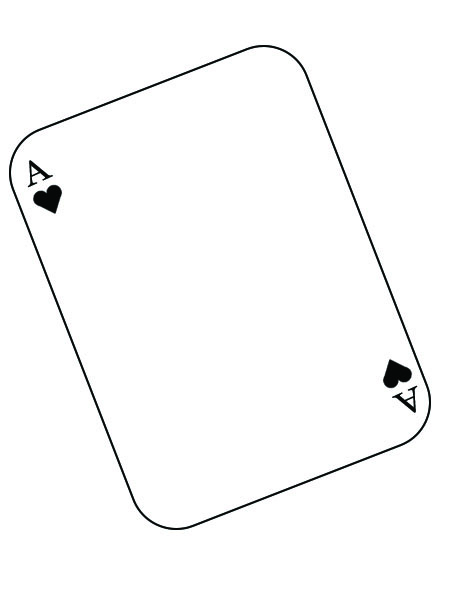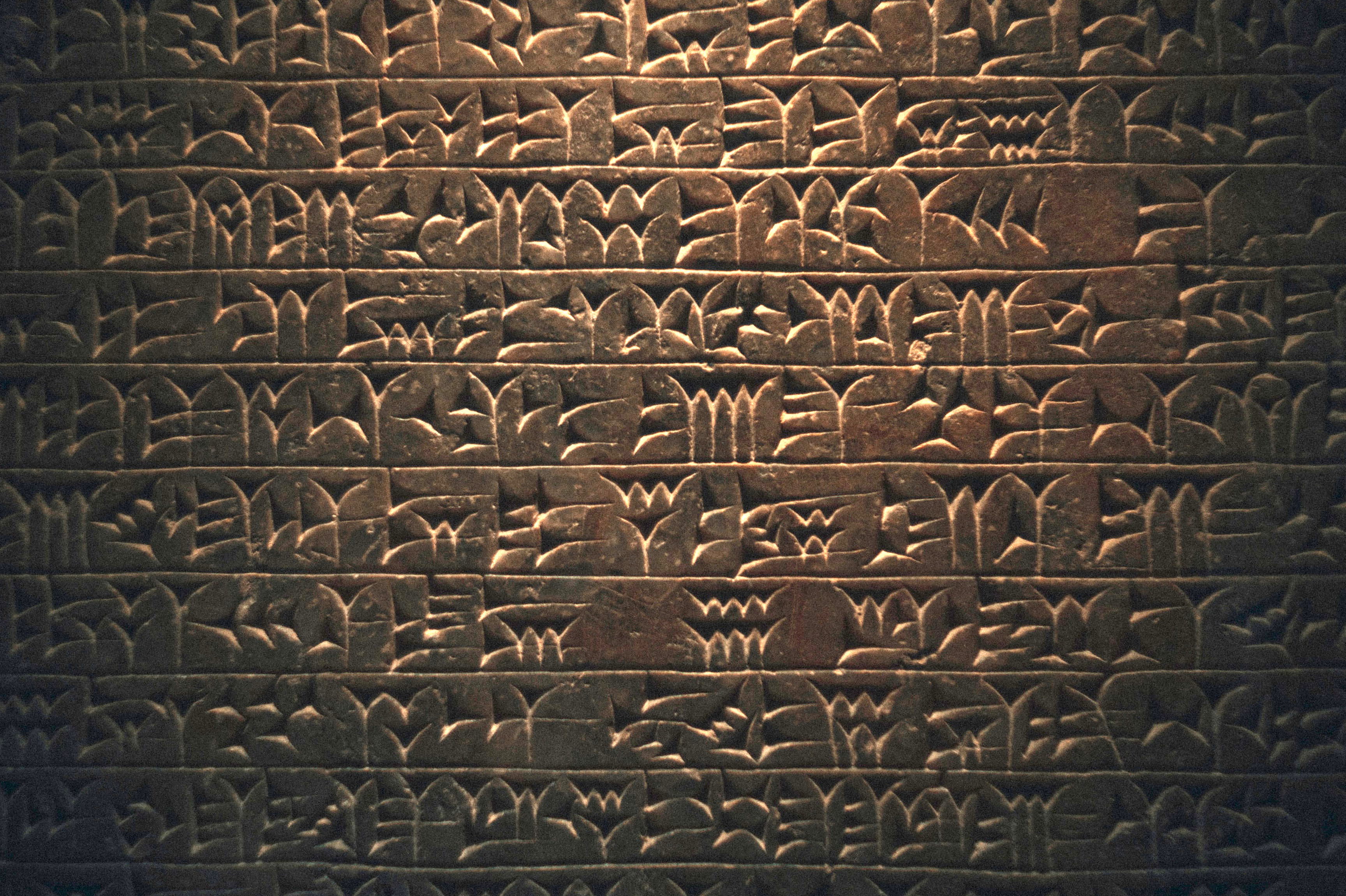The History of Games
A family of four is sitting around the table, each wearing a grin. It’s a picture perfect scene right out of an ad. It’s family game night. Anyone can picture that classic scene, but why? But where do board games come from?
Through excavations and discovery, experts are slowly putting together the history of board games. We now know that board games were created to teach lessons and were heavily inspired by important aspects of the community.
Games in Ancient Egypt
Some of the earliest games date back to Ancient Egypt. One such game was called Hounds and Jackals. Hounds and Jackals was a game where players raced to be the first to get all of their pieces across the board. While many of the rules to the original version of Hounds and Jackals were lost to time, experts have recreated likely rules to the game that are available to play.
Hounds and Jackals required each player to have five marbles and a dice. Rolling an even number allowed
you to put a marble on the board. Rolling the dice determined how many spaces a piece could move. The goal was to move all of your pieces across the board. The game ended when a player got all of their pieces across or if neither player could move their pieces.
If you would like more details on the set up and how to play click here!
Egyptians were serious believers in fate and took victories in board games very seriously. In games of sheer luck and chance the successful player was believed to be protected by a major god; such as Ra or Osiris.
Mesopotamia and Early Games
The earliest games that are still in play today come from early Mesopotamia. These games have been played with the same rules for thousands of rules.


Fun Fact:
Egyptians used dice made from knuckle bones.
The earliest game is believed to be the Royal Game of Ur. The game is so old that the rules had to be translated from cuneiform off of a clay table. Similar to Hounds and Jackals, the goal of the game is to get all of your pieces around the board.

To play the Royal Game of Ur, a player rolls a die. The highest roller goes first. On their turn, a player will move one of their seven pieces around the board. Pieces that are landed on by a piece in motion are sent to the beginning. Players win by getting all their pieces across the board. If neither player can move their pieces, the game ends in a draw.
If you are curious for more variations and rules to the game, check out here!
While still played today, the game was believed to be lost to time. That was until experts discovered an evolved
version in India. Soon artifacts from around the world show that this game was spread globally through soldiers and explorers. Through each new region the rules or board evolved and changed.
Today there are hundreds of games inspired by the style of the Royal Game of Ur, including the Egyptian Hounds and Jackals or the classic Sorry.
Mesopotamia is also the origin of another popular game that is still played today. Backgammon was believed to be created around the time of the Royal Game of Ur. It raised popularity in Rome, with several emperors enjoying the game as a pastime.
Backgammon continued to be played until the early 1920’s, when Americans lost interest because of how long the game took. An unknown person changed the dial used to play to double dice. This transformed it to the perfect game and the game we still play today.
The Birth of Chess
Chess is a complex game where each piece has its own important role. It’s a game of strategy to protect your king while trying to catch your opponent's king.
Origins of the game come from India, China, Russia, and other parts of Asia and Europe. While no one knows where the origins of Chess comes from, there are many theories on the inspiration for the complex game.

Fun Fact:
Backgammon became so popular it was mentioned in Shakespear’s Love’s Labor Lost.
One of the more popular theories on what Chess was inspired on, was a game called Chaturanga. Chaturanga was created in India in the 7th century. It had a grid-like board that could be played by four players. Like chess, each piece had its own ability, and the way to win was to eliminate the opponent's important piece or the “king”. The pieces were usually carved images of animals.
Later, Chaturanga evolved into Shatranj. Shatranj included a new piece called the counselor. The rules also changed and allowed players to win, either by eliminating or capturing the king.
Chaturanga or Shatranj was spread through silk road. Muslims took the game towards part of Africa. Vikings spread it to the farthest reaches of Greenland and Iceland.
Another game that could have inspired Chess was Ludus Latrunculorum. Ludus Latrunculorum also known as Latrunculi was a checkerboard game in which players went around capturing their opponents pieces. Latrunculi originated in Rome and was inspired by acts of war. Game strategies mimicked strategies used in the military.
Tafl is another possible inspiration for modern chess. Tafl was a Celtic game that was inspired off the vikings
military strategies. Vikings raid strategies involved surrounding the enemy on all sides.
Like chess it had a “king” piece and two-colored pieces.The player with the king piece had the goal to escape with the king. Their opponent’s goal was to capture the king. Like viking raid strategies, this gave the surrounding team an unfair advantage.
Despite theories and speculations, Chess spread to all corners of the world. When it reached Europe, the game evolved again to the modern game. Chess spread like fire through royal courts and pieces took on the shape of royal court icons. The king was given a crown, and other pieces took the shape of the queen, rook, bishop, knight and pawns.
